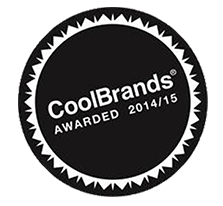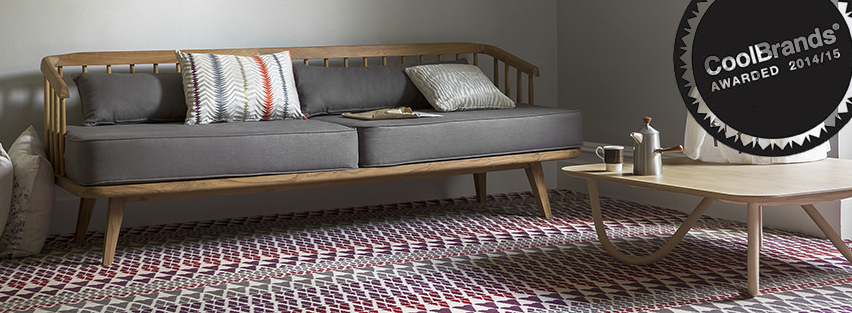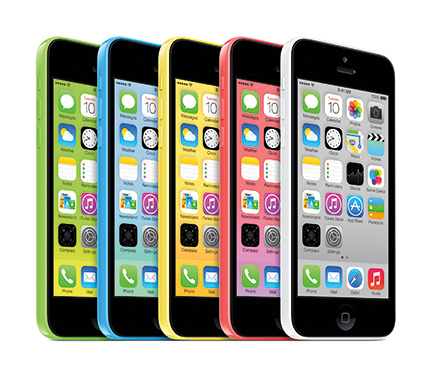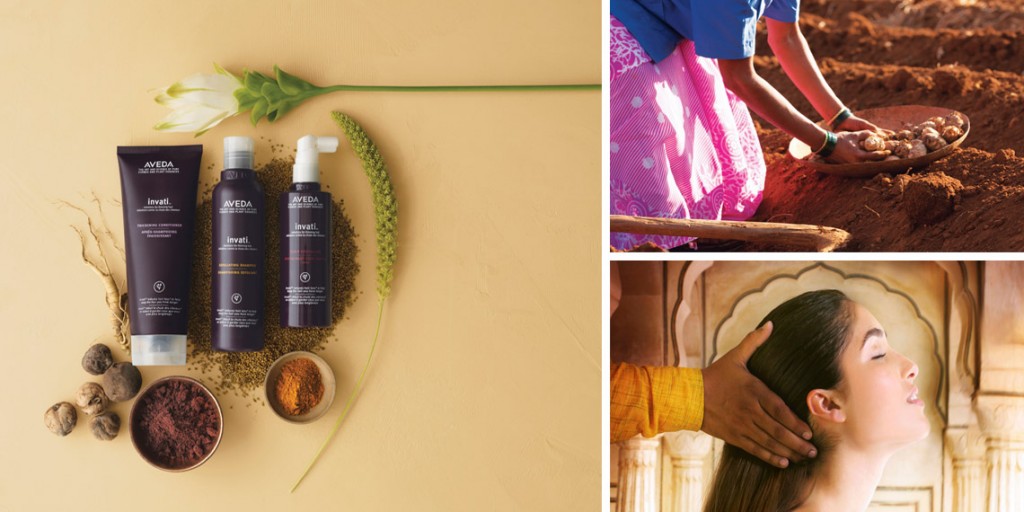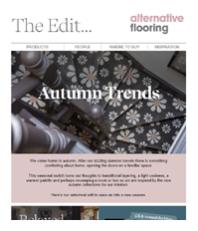Stephen Cheliotis, Chairman of the CoolBrands Council UK and Chief Executive of The Centre for Brand Analysis. As a previous Alternative guest blogger, we invited Stephen back to ask a few more questions about ‘Modern Cool’ and CoolBrands 2014/15 and why he felt Alternative Flooring had won this tribute for two years on the trot. www.coolbrands.uk.com
With a spark of curiosity that inspires flooring to be different, Alternative Flooring is an award-winning brand that embraces a creative spirit and unconventional thinking. With a modern mix of carpet, rugs and runners that is big on natural texture and packed with colour, this CoolBrand is refashioning how we all look and feel about floors.
- Why is Alternative Flooring cool for the second year running?
It has an original offering backed up by its know-how and experience in the market, which is vital for sustaining a cool advantage. It has a recognisable style and it feels like they are genuinely passionate about what they do. Of course innovation is important, but for me it is having personality and character in what is generally a bland market of identikit rivals. I think this is recognised by those that come across the brand. Another thing worth mentioning is the fact that the brand thinks about the customer, helping them to consider different options and ultimately to make the right decision for their specific needs.
- Whose is idea was it in the first place
The concept was created by Marcel Knobil, who also founded Superbrands back in 1994. By the turn of the millennium Superbrands had spent six years identifying and ranking the strongest brands in the country and typically therefore focused on larger, established brands that enjoyed significant recognition, footprint and market share. It was felt at that time that a complementary programme would be useful to explore and judge a wider range of brands. The aim was to identify brands doing interesting and cool stuff, regardless of their size or marketing budget – with cool being a bit of a leveller. It was hoped that this would result in an eclectic mix of brands being identified each year, which could include both big brands, that had still retained a clear and interesting proposition, and smaller or niche brands that are really shaking things up or doing things in a different way to challenge the established players.
- Have you been around since the start and how do things compare now
I have been involved since CoolBrands was first launched back in 2001. The results from that first survey and the latest survey are much more consistent then you might think. Today, as it was back then, the results are a mixture of luxury and everyday brands, big brands and smaller niche brands, with fashion, beauty, automotive and technology the dominating sectors. Of course individual brands have come and gone but the CoolBrands rankings have shown surprising consistency and have really put paid to the notion that cool is a fad or fashion that applies to brands only temporarily. I’d thought this temporary cool was perhaps stoked by a particularly strong new innovation, amplified briefly by compelling marketing, In reality however, the leading CoolBrands’ credentials are less affected by short-term factors and rather driven by the brands’ long-term fundamentals and inherent qualities. This is why brands from Apple to Aveda have been such consistent performers over the previous 13 years.
- CoolBrands – how are they chosen
The first vote involves the CoolBrands Council, an independent and voluntary panel of influencers who are both impacting the perceptions of other consumers and have their fingers on the pulse of current cultural trends. New council members this year include musicians Ella Eyre and Labrinth, blogger Emily Johnston, digital entrepreneur Jamal Edwards, model Jodie Kidd and actor Jonathan Bailey. The second audience is the British public and we ask a representative sample of over 2,000 British consumers aged between 18 and 55.
- The first ever CoolBrand?
The first ever CoolBrands book, published in 2001 featured, as was hoped, a really diverse range of brands. Some like Bang & Olufsen, Apple, Mercedes-Benz and Vivienne Westwood still remain top twenty CoolBrands
- Six factors make a CoolBrand – do you see any new values emerging?
The six factors are: style, innovation, originality, authenticity, desirability and uniqueness. Cool is naturally subjective and everything a given brand does and says could effect how it is perceived. Considering that we look across almost 50 very different categories however we have to focus on qualities that are important across the board. We think, and research confirms, that the six factors we specifically ask voters to bear in mind are relevant to perceptions of cool whether you are a car brand or an ice cream. We are currently beginning a new research project to verify our six core criteria and to ensure they are still very much relevant. If new factors are identified, that play across all sectors, then we will of course make changes; that is the evolutionary nature of this programme.
- Most popular categories and any new categories?
The way the methodology works these days tries to ensure that we identify the leading CoolBrands in each category and that the programme and publication have a nice mix of brands across different sectors. We do not want the book just to be a collection of fashion or beauty brands (two of the strongest categories) but to be representative of all the different type of CoolBrands operating in different segments and markets. Automotive, fashion, beauty and technology are among the strongest performing sectors. Obviously the biggest of the digital and social media brands tend to do well too. Food is a growing collection of categories while the home space, the ‘Fragrances & Candles’ sector is new and led by the likes of Diptyque and Jo Malone. 

- How are interiors doing?
They are doing ok but it is not one of the better performing sectors to be honest. As you would expect the majority of the brands in this space tend to be smaller or more niche and don’t have the same recognition among the influencers and members of the public as the big tech, fashion and beauty brands among others. There are a few real strong performers but even their rank tends to be fairly volatile compared to certain other brands in other categories where consistency is much more evident.
- Name some new CoolBranders
The big new arrivals in the top twenty were Instagram, which jumped into tenth place and proved that photos have replaced 140 characters when it comes to cool, with Twitter falling out of the top twenty, ending its three-year stint among the leading CoolBrands.
- Is Coolness sustainable
Leading CoolBrands enjoy a perceptual strength that mitigates short-term difficulties, not plays on short-term successes, providing an intangible barrier competitors struggle to overcome. This is exemplified by the fact 13 of this year’s top 20 retained their position in the elite group. When some executives therefore dismiss cool as a momentary, reputational benefit, they underappreciate the full extent of cool’s potency in driving short-term (i.e. immediate volume and margin benefits) and long-term competitive advantage (i.e. attracting exceptional talent and worthy brand partners that further enhance the brand’s kudos and lustre). Our six cool factors are visible in the emerging CoolBrands. This helps secure their early year CoolBrands ranking. The problem upon maturity where their growing awareness and longevity might allow them to challenge the top 20, is that their advance often leads to an internal loss of focus on those very same factors. For instance their initial attention on their purpose and passion is lost to middle management centering instead on operations and eking out another 2% quarterly growth. Their natural consumer centricity and obsession with making things better shifts as additional layers and complexities are added between the management team and the end-users. Their uniqueness is diluted as others copy their success and as more individuals and agencies get involved in producing the output consumers see – usually based on briefs that are not revolved around the brand’s purpose or consumer mission but something more tactical and short-term. Their innovations become incremental and risk aversion rots in, curtailing the more exciting possibilities. As a result these now teenage brands often taper off, either levelling off entirely for a prolonged period or starting their decent. This is the critical time in any CoolBrands sustainable development.
- What does cool mean to you
A CoolBrand to me personally is a brand that is managed by people that have a genuine passion for what they do. Coupled with that passion they have a single-minded purpose and dedication to meeting it. They are not led by what others are doing but tread an original path and provide a unique product or service to achieve their purpose for the benefit of their customers, employees and communities – that is a journey they enjoy rather than endure.
- The last cool thing you bought
Sadly it wasn’t an Aston Martin or Rolex. While it doesn’t count as being bought YouTube is a leading CoolBrand and certainly a site I use almost daily. I use everyday CoolBrands like Green & Black’s (probably in that case more than I should) while on the treat front I recently bought a gorgeous pair of Tom Ford sunglasses and a great Cambridge Audio Air 200 Wireless Speaker system, which I would highly recommend.
www.coolbrands.uk.com www.coolbrands.uk.com/alternative-flooring
